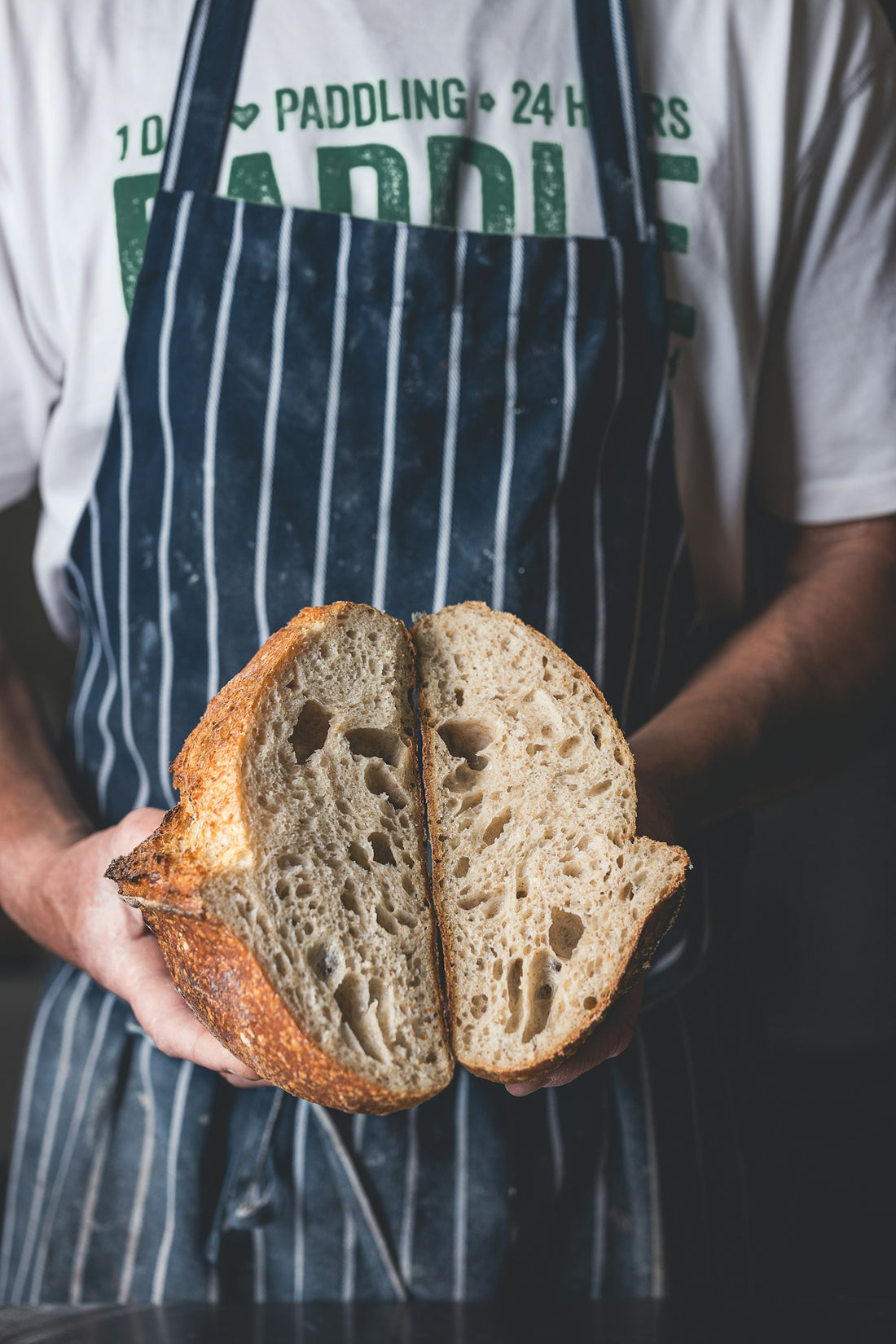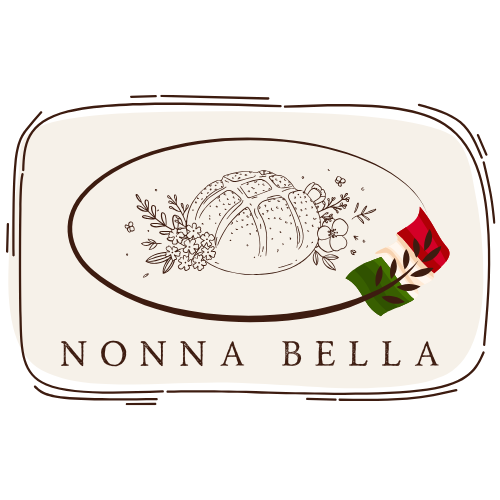
Sourdough Starter Science: Unveiling the Differences Between Yeast Options
The world of sourdough has captivated bakers and bread enthusiasts alike, providing a satisfying and artisanal approach to creating the perfect loaf. Whether you're new to homemade sourdough or a seasoned baker, understanding the science behind sourdough starters and yeast options can elevate your sourdough bread recipe to new heights. In this comprehensive guide, we'll delve into the nuances of sourdough fermentation, explore the benefits of wild yeast fermentation, and offer essential sourdough baking tips for achieving artisan bread perfection.
The Intricacies of Sourdough Starter
A sourdough starter is essentially a living culture of flour and water inhabited by natural yeasts and bacteria. These microorganisms work symbiotically to ferment the dough, giving sourdough bread its unique texture and flavor. Understanding how to feed a sourdough starter and maintain its vitality is crucial for successful sourdough baking.
Sourdough Starter vs. Commercial Yeast
The primary difference between a sourdough starter and commercial yeast lies in the fermentation process. While commercial yeast works quickly to leaven dough, a sourdough starter relies on wild yeast fermentation, which is slower and more complex. This slower fermentation allows for the development of deeper flavors and improved nutrition in sourdough bread.
How to Feed and Maintain Your Sourdough Starter
Feeding your sourdough starter is vital to keeping it active and healthy. The typical sourdough starter feeding schedule involves discarding a portion of the starter and replenishing it with equal parts flour and water. This process ensures a balance of microorganisms and provides the necessary nutrients for fermentation.
Learn more about proper sourdough feeding and maintenance at Italian Sourdough.
Yeast Options: From Wild to Commercial
When it comes to sourdough, yeast options play a significant role in the fermentation process and the resulting bread profile. Here, we explore the pros and cons of different yeast options.
Wild Yeast: The Heart of Sourdough
Wild yeast is a natural microorganism found in the environment, including in the flour you use for your starter. The benefits of sourdough fermentation using wild yeast extend beyond flavor. It enhances nutritional content, making sourdough bread a healthier option, especially for those considering sourdough for diabetics.
Commercial Yeast: The Convenience Factor
While commercial yeast offers a convenient and consistent rise, it lacks the depth of flavor and health benefits associated with wild yeast fermentation. For those who prefer the ease of commercial yeast, experimenting with a hybrid method could be a viable alternative.
Sourdough Baking Tips for Success
Creating the perfect sourdough loaf requires practice, patience, and technique. Here are some essential tips to help you along the way.
How to Bake Sourdough Bread
- Preparation: Ensure your sourdough starter is active and bubbly before mixing your dough.
- Autolyse: Allow the flour and water to rest before adding salt and starter to boost dough strength and fermentation.
- Bulk Fermentation: Let the dough rise in a warm environment until it doubles in size.
- Shaping and Scoring: Develop your skills with the best sourdough scoring techniques and learn how to shape sourdough bread for optimal rise.
- Baking: Use a Dutch oven like Le Creuset to achieve a crispy sourdough crust and perfect crumb.
Artisan Bread Baking and Troubleshooting
Even experienced bakers face challenges with sourdough bread troubleshooting. Understanding your environment, adjusting hydration levels, and mastering fermentation timings can make a significant difference in the outcome of your bake.
For additional guidance, consider using a Sourdough Starter Kit to aid in your baking journey.
Diving into Sourdough Discard Recipes
Don't let your sourdough discard go to waste! Sourdough discard recipes offer a creative way to enjoy the benefits of sourdough without the commitment of making a full loaf. From sourdough pizza dough to sourdough bagels, the possibilities are endless.
Explore options like using the VEVOR Portable Outdoor Oven to craft the perfect sourdough pizza, or serve up snacks on Nonna Bella's Bamboo Pizza Board.
Is an Organic Sourdough Starter with Legacy Better?
Many sourdough aficionados argue that an organic sourdough starter with a long legacy offers superior flavor and resilience. The microbial diversity present in a well-maintained starter can result in more complex and rich bread profiles.
Sourdough vs. Regular Bread: Nutritional Differences
One of the primary benefits of sourdough fermentation is the nutritional advantage over regular bread. The complex fermentation process breaks down gluten and increases bioavailability of nutrients, making sourdough a favorable choice for many who struggle with conventional breads.
Essential Tools for Sourdough Brewing Success
To embark on your sourdough journey with confidence, equip yourself with the necessary tools. Consider investing in professional baking tools like the Professional Baking Kit to streamline your baking process.
Embrace "My sourdough life" and unlock the full potential of artisanal bread baking by exploring the diverse world of sourdough fermentation. For recipes, tools, and insights, visit Italian Sourdough.
